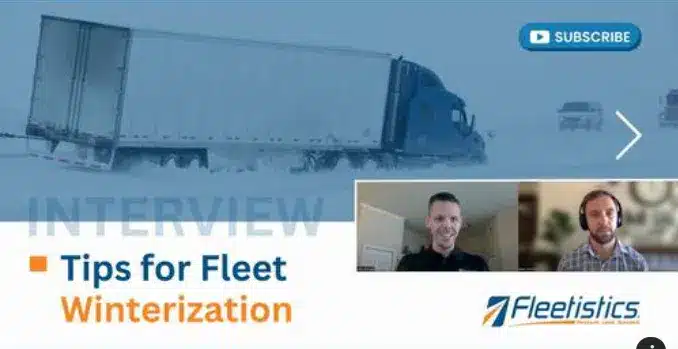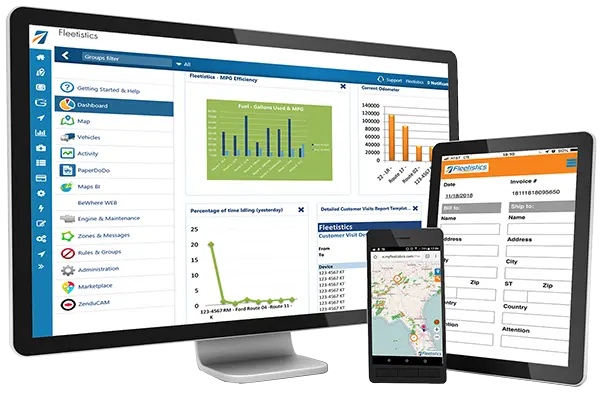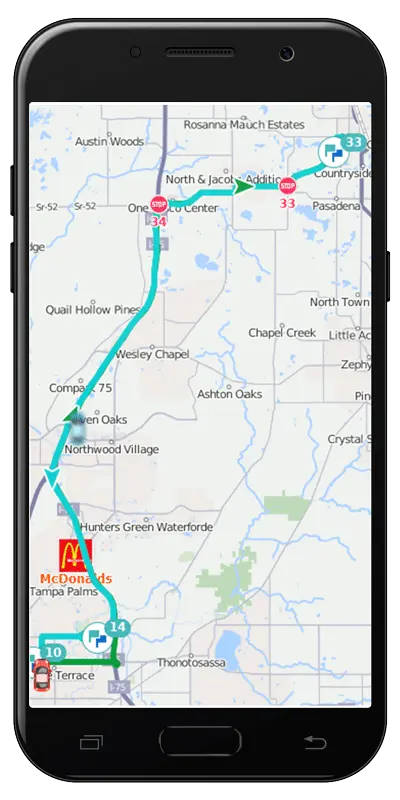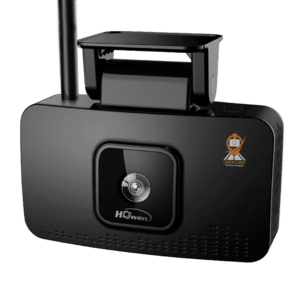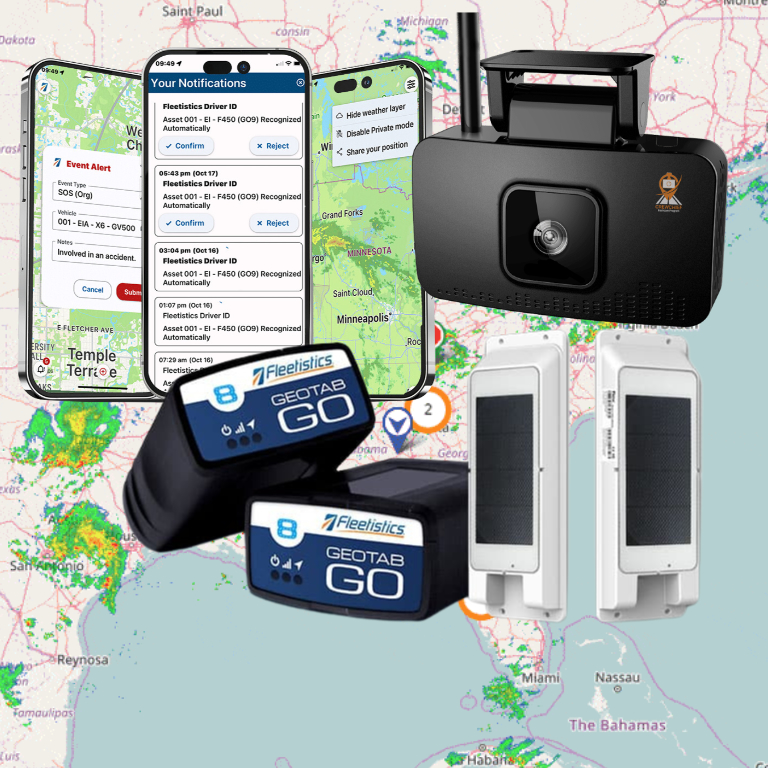Preparing Your Fleet Drivers for Winter Weather Conditions
For many people living in everyday warm climates, driving in winter weather conditions may be a fantasy they never have to realistically be concerned with. However, many drivers (including fleet drivers or those who drive large vehicles for long durations of time or distances) aren’t as fortunate to avoid the reality of these difficult driving conditions. Whether it be heavy snow and blizzard conditions or high winds and freezing rain, winter weather poses many additional dangers to driving that are otherwise non-factors to consider for normal, everyday driving conditions.
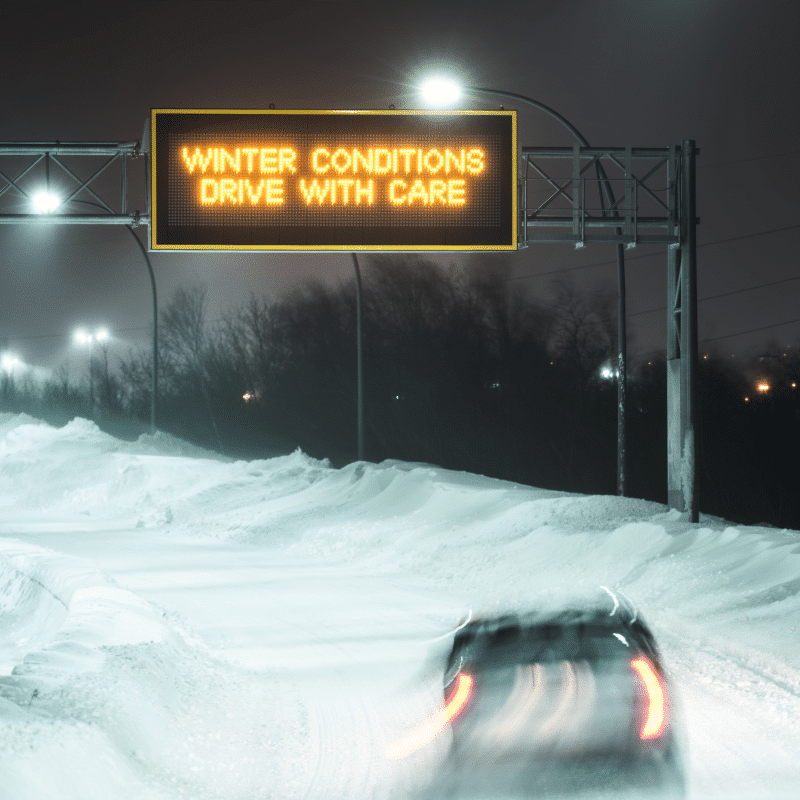
What You Can Do
To help increase the likelihood of your driver’s safety and others on the road while operating company vehicles, proper winterization of your company vehicles should be your company’s top priority. Preparing your drivers for appropriate driving in winter weather conditions is the best place to start to help your drivers mitigate the risk potential of accidents and further liabilities for the company they are representing.
Safety always comes first for drivers in general; drivers of large fleet vehicles are burdened with the additional social responsibility and task of demonstrating safety, while representing their company and protecting their company’s liabilities, in a large vehicle that takes a lot of space on the road. Because of these additional responsibilities your drivers assume, it is paramount to discuss with your drivers what proper driving techniques and expectations you have for them when they encounter winter weather conditions.
If a driver does get into trouble, the man-down function of the Fleetistics CrewChief mobile app can expedite assistance by notifying multiple people in your organization and sharing their location. You can download the CrewChief mobile app using the links or QR codes below.



5 Important Points to Remember
Here are some examples of driving etiquettes and behaviors that, while should absolutely be followed by all drivers on an everyday basis, have a much stronger emphasis and need for execution in winter weather season:
- Check your forecast regularly. By ensuring your drivers check forecasts and are aware of incoming weather conditions for their shift or trip, appropriate precautions and actions can be taken immediately. When in doubt, it is best to reschedule a trip and keep your trucks off the road, if it is feasible to do.
- Safety-checking your company’s vehicle prior to driving is of utmost importance. Before your driver embarks on their next journey, it is important to ensure your drivers are frequently checking their vehicle’s maintenance and mechanical status prior to each trip. This includes checking the tread and tire pressure on their tires, ensuring their spare tire is inflated and in good condition, checking the battery to ensure it can hold a charge in subzero temperatures, and making sure your Emergency Survival Kit in the vehicle is up-to-date and complete.
- Slow down! Large fleet vehicles (semi-trucks in particular) are more cumbersome and difficult to stop in normal, safe road conditions, especially with a full load of cargo. In winter weather, driving too fast can yield terrible results and is an equation for disaster. According to the Federal Motor Carrier Safety Administration (provide Link), it is recommended that truck drivers especially “reduce speed by a 1/3 on wet roads and ½ on snow packed roads…When you come upon slick, icy roads you should drive slowly and pull off the road if vehicle is uncontrollable”.
- Staying focused and attentive! Winter weather and the potential sudden changes it can bring can cause difficult conditions for all drivers. Between potential changes in tire pressure, the operation and health of the vehicle in subzero temperatures, and different driving technologies in vehicles that affect the quality of your driving, knowing how to recognize these potential changes while driving is vital for your drivers to continue ensuring their safety and that of those around them on the road.
- Understanding the obstacle and potential danger you create for drivers around you is critical! When a large fleet vehicle is driving on snow-covered roads, the residual effect to those driving behind you causes extremely dangerous conditions. Because of situations like changes in wind shear when driving next to semitrucks in windy conditions, blowing snow off the back and tops of trailers, and the swaying of trailers in winter weather, fleet vehicles can have the potential to serve as negative presence or hazard on the road.
More Tips for Fleet Winterization
Buckle up for an insightful conversation with John and Dean as they dive into the essential tips and tricks for safe winter driving! In this video and blogpost, our experts share their extensive knowledge on preparing your vehicle for the challenging winter roads, offering valuable insights that could make all the difference when the temperatures drop.
Vehicle Winterization Checklist
Properly preparing your drivers and vehicles for winter weather conditions is paramount to properly ensuring the overall safety of not only your drivers, but those driving on the roads with your drivers in these wintery conditions. For your convenience, we have prepared a Winterization Checklist for you to provide your drivers, for not only their vehicle prior to their trip, but also a survival kit for the passengers of the vehicle in case of being stranded or an accident.
FREE Download Winterization Checklist
In Conclusion
Road conditions can deteriorate very quickly and very suddenly and because of this, your driver’s preparations, ability to critically think, and appropriate operation of their vehicle in winter weather conditions can be the difference in life and death.







